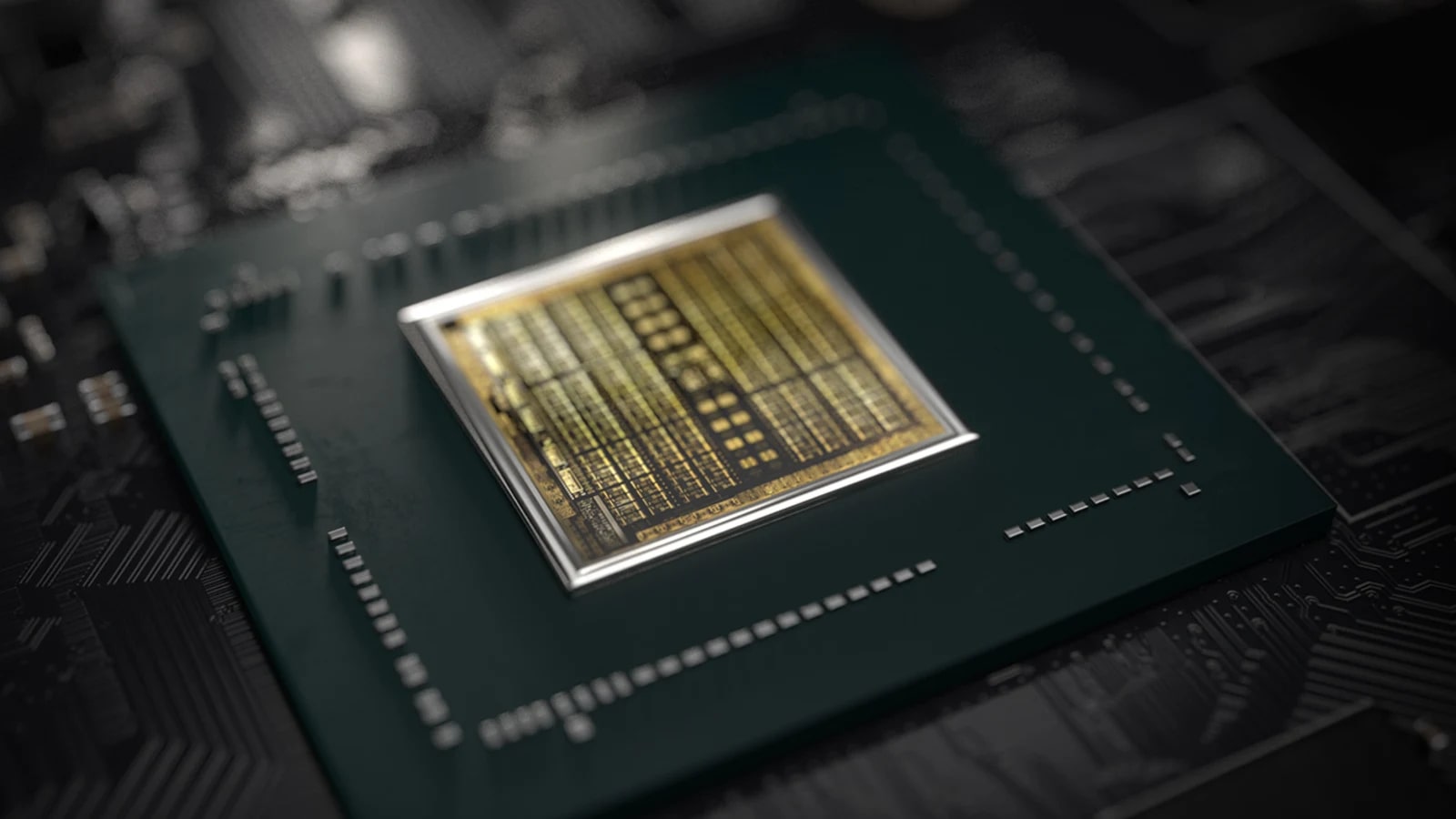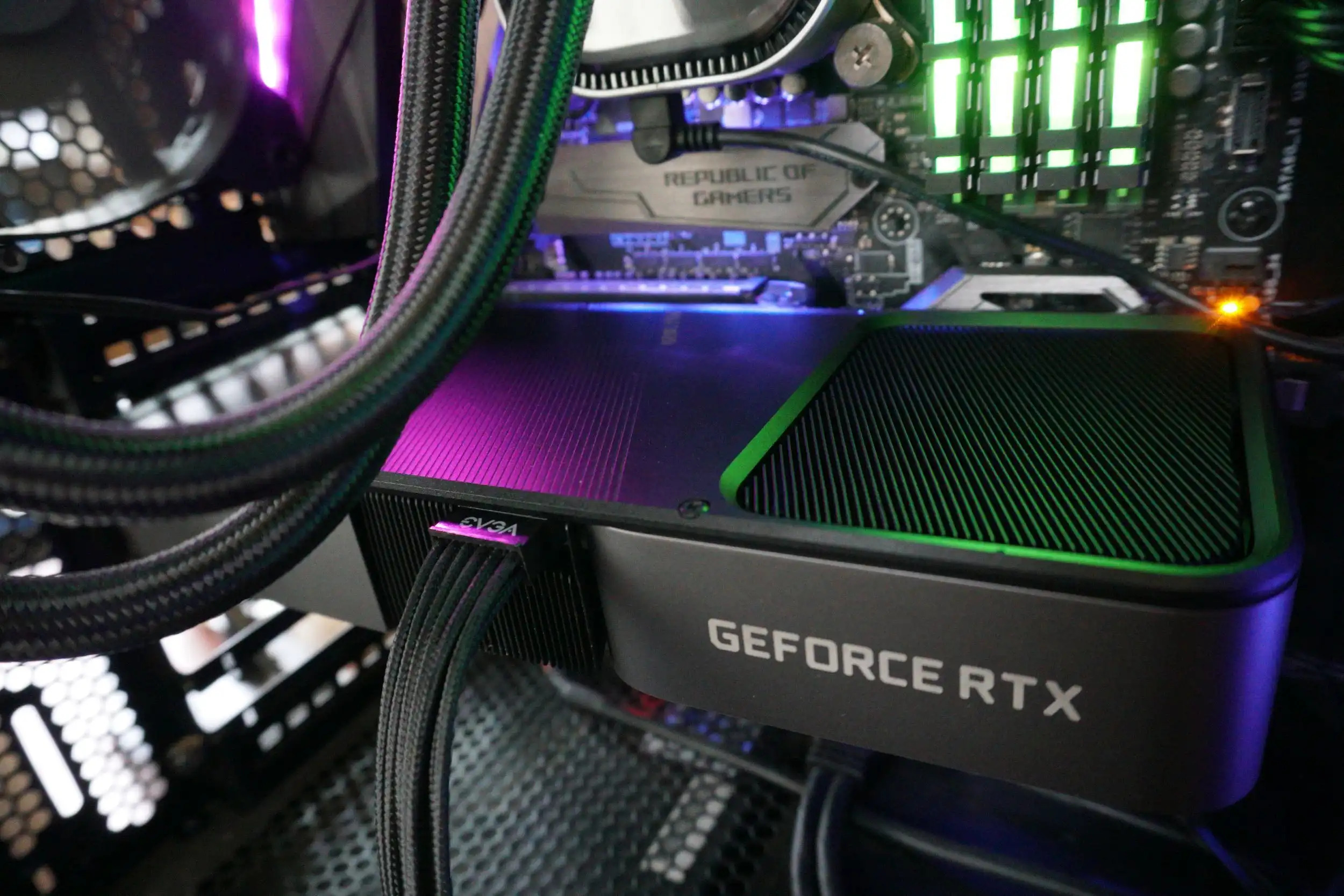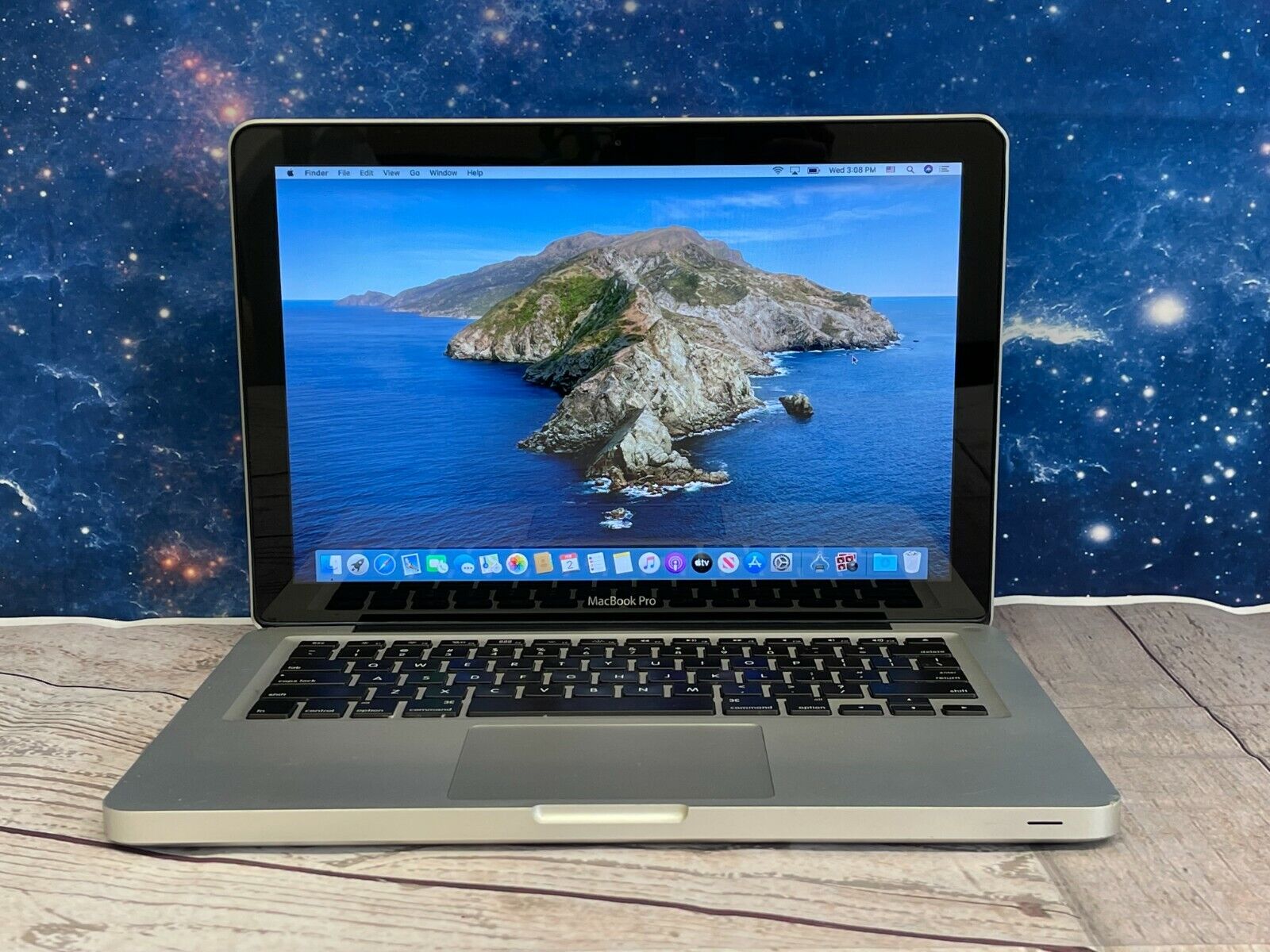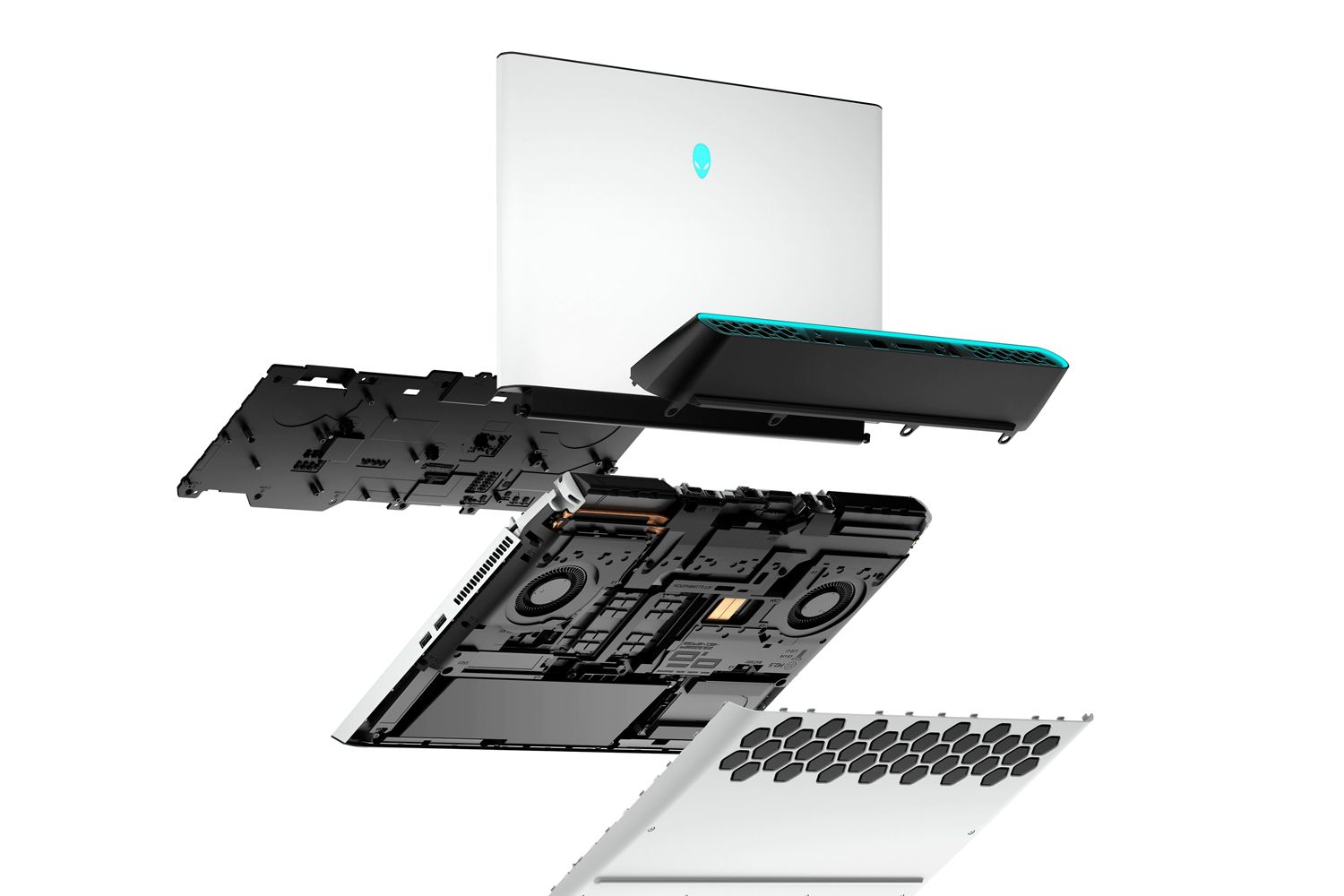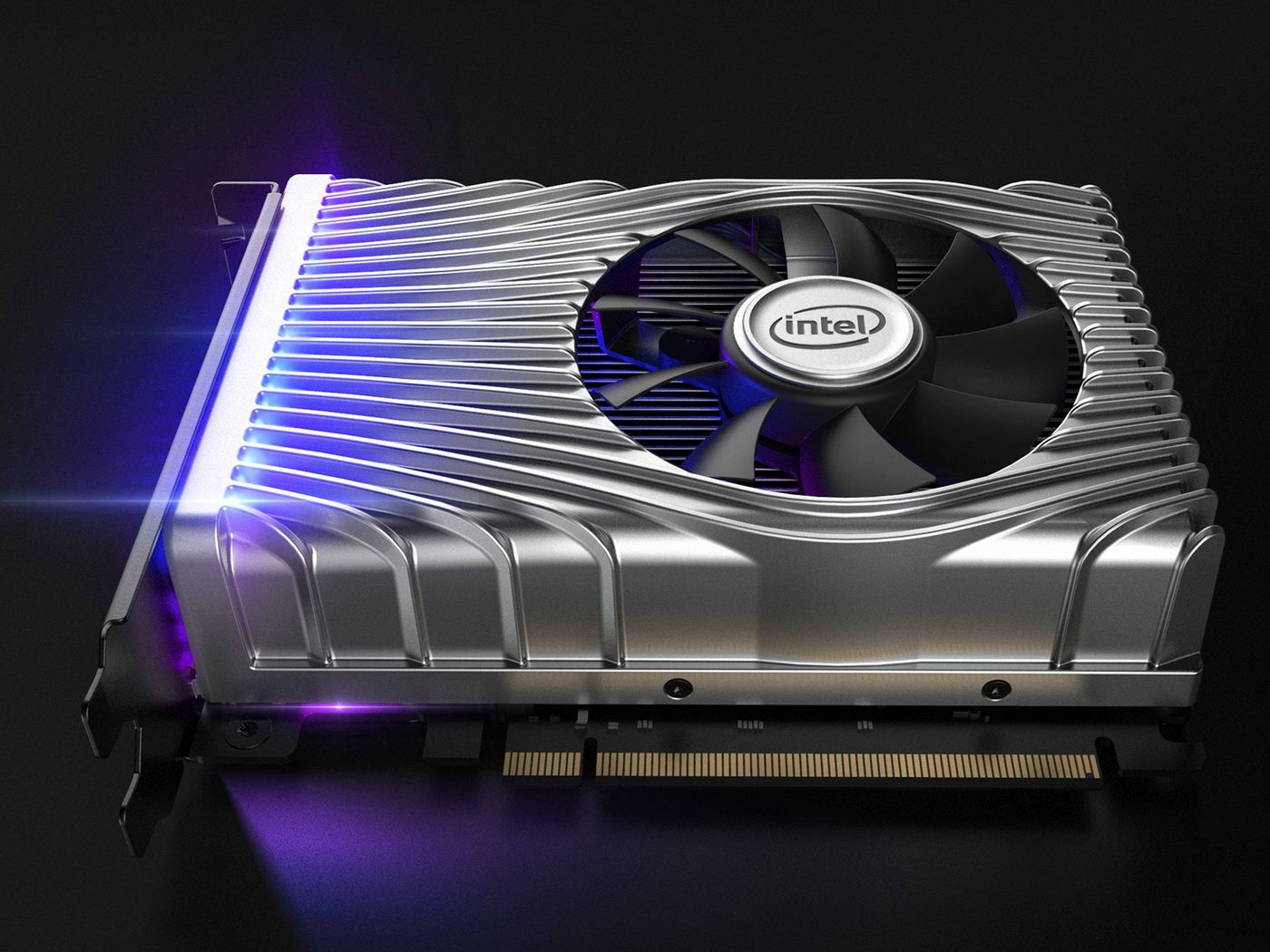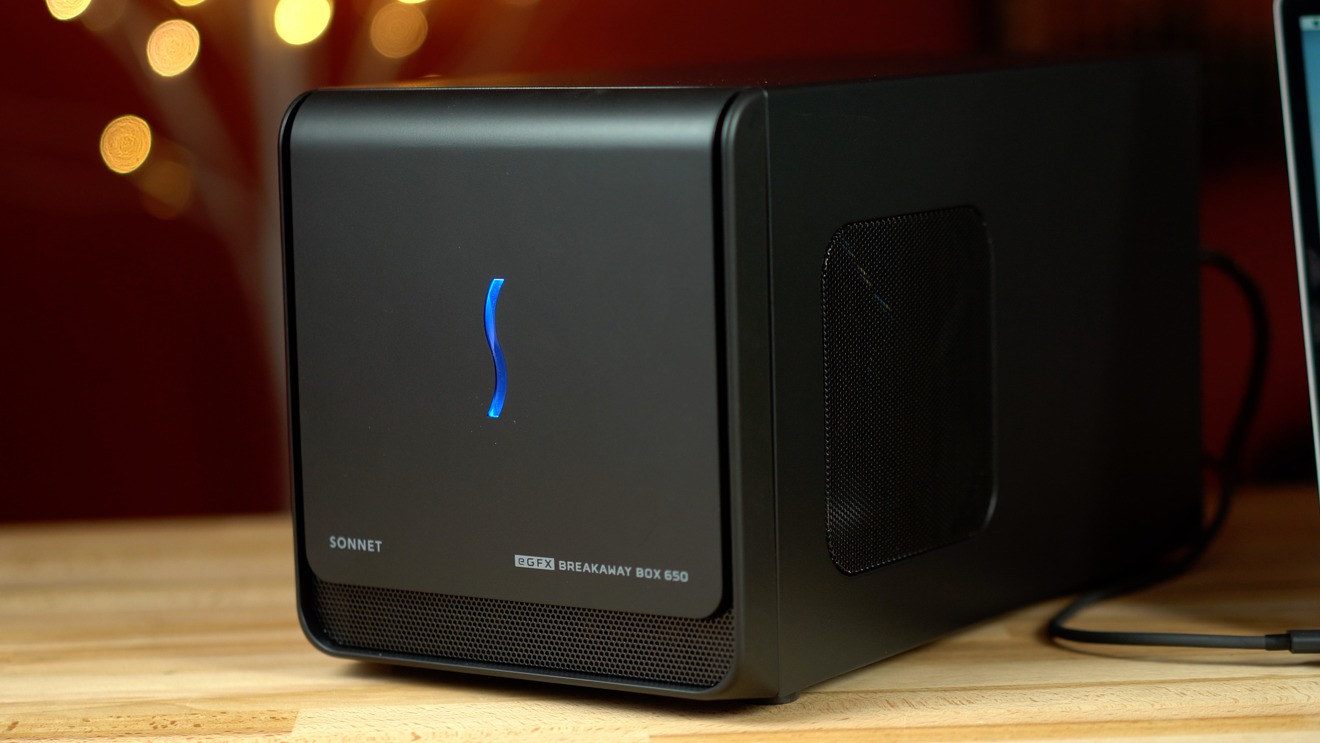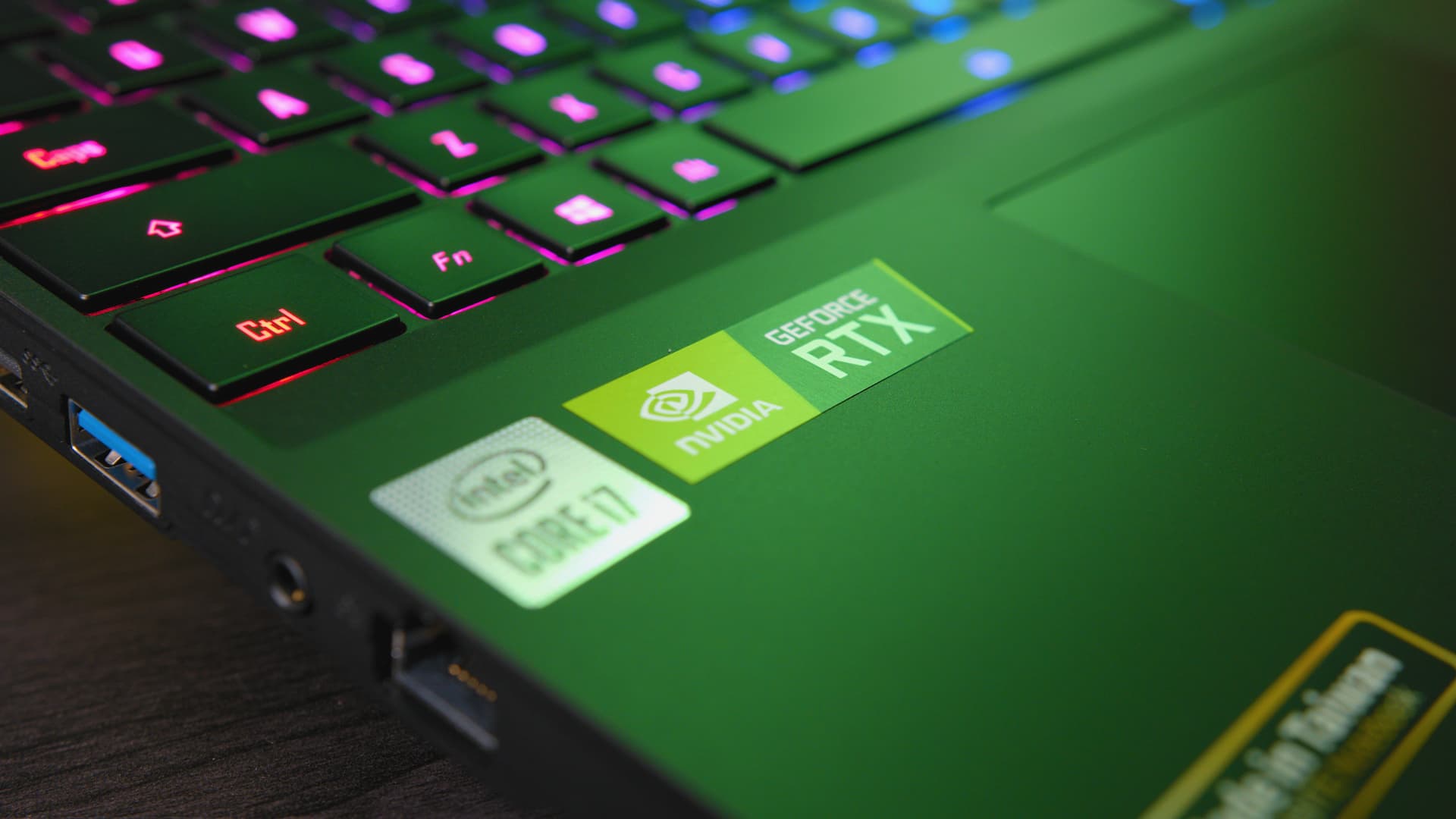Introduction
Welcome to our guide on how to disable the discrete graphics card on your laptop. Laptops come in various configurations, and some may have both an integrated graphics card that is built into the processor and a discrete graphics card, which is a separate component designed for more demanding tasks such as gaming or video editing.
While having a discrete graphics card can be beneficial for certain applications, there may be scenarios where you would want to disable it. For instance, if you are experiencing overheating issues, excessive power consumption, or compatibility problems with certain software, disabling the discrete graphics card can help alleviate these issues and improve the performance of your laptop.
It is important to note that disabling the discrete graphics card will force your laptop to rely solely on the integrated graphics card. This means that you may experience a decrease in graphics performance for graphics-intensive tasks. However, if you do not require the additional power and performance provided by the discrete graphics card, disabling it can help conserve battery life and reduce heat generation.
In this guide, we will walk you through the various steps to disable the discrete graphics card on your laptop. We recommend following these steps carefully and consult your laptop manufacturer’s documentation or support if you have any concerns or questions specific to your device.
Why would you want to disable the discrete graphics card on your laptop?
There are several reasons why you might consider disabling the discrete graphics card on your laptop:
1. Power consumption: Discrete graphics cards are known for their higher power consumption compared to integrated graphics cards. If you primarily use your laptop for basic tasks such as web browsing, word processing, or multimedia playback, disabling the discrete graphics card can help extend your battery life.
2. Overheating issues: Some laptops may experience overheating when the discrete graphics card is active, especially during resource-intensive tasks like gaming or video editing. Disabling the discrete graphics card can help reduce heat generation and prevent thermal throttling, which can lead to performance drops and potential hardware damage.
3. Compatibility problems: Certain software applications may have compatibility issues with specific graphics cards or drivers. By disabling the discrete graphics card, you can avoid potential glitches, crashes, or display errors when running these applications.
4. Graphics performance is not a priority: If you primarily use your laptop for everyday tasks like web browsing, email, and document editing, you may not require the extra power and performance provided by a discrete graphics card. Disabling it can help optimize your laptop’s resources and allocate them more efficiently for your needs.
5. Upgrading or replacing the graphics card: In some cases, users may choose to disable the discrete graphics card in preparation for an upgrade or replacement. By disabling it beforehand, you can avoid conflicts between the old and new graphics cards during the installation process.
It’s important to note that disabling the discrete graphics card may have an impact on the overall graphics performance of your laptop. If you regularly use graphics-intensive applications, such as CAD or graphic design software, you may want to reconsider disabling the discrete graphics card, as it can provide significant performance benefits in these scenarios.
Now that we’ve explored some of the reasons why you might want to disable the discrete graphics card on your laptop, let’s move on to the next section to determine whether your laptop has a discrete graphics card.
Checking if your laptop has a discrete graphics card
Before proceeding with disabling the discrete graphics card on your laptop, it is essential to determine whether your laptop actually has a discrete graphics card or relies solely on integrated graphics. Here are some methods to check:
1. Device Manager: Open the Device Manager on your Windows laptop by right-clicking on the Start button and selecting “Device Manager” from the menu. Expand the “Display adapters” section. If you see two graphics devices listed, one being the integrated graphics (such as Intel HD Graphics) and the other being the discrete graphics (such as NVIDIA or AMD), then your laptop has a discrete graphics card.
2. NVIDIA Control Panel or AMD Radeon Settings: If you have an NVIDIA or AMD graphics card on your laptop, you can also check for the presence of a discrete graphics card by looking for dedicated control panels. NVIDIA Control Panel and AMD Radeon Settings provide additional options and settings for managing your graphics card, indicating the presence of a discrete graphics card.
3. Laptop specifications: Consult your laptop’s manual, documentation, or the manufacturer’s website to determine whether your laptop model includes a discrete graphics card. The specifications will usually list the presence of a dedicated graphics card and specify the brand (NVIDIA, AMD, etc.) and model.
4. Third-party system information tools: You can utilize third-party software tools like CPU-Z or GPU-Z to gather detailed information about your laptop’s hardware, including the presence of a discrete graphics card. These tools provide comprehensive information about your system’s specifications, including the graphics card.
Once you have confirmed that your laptop has a discrete graphics card, you can proceed with the steps to disable it. However, it’s essential to note that the process of disabling the discrete graphics card may vary depending on the make and model of your laptop. Therefore, it is advisable to refer to your laptop manufacturer’s documentation or support for specific instructions tailored to your device.
Now that we have determined whether your laptop has a discrete graphics card, let’s move on to the next section where we will discuss the steps to disable the graphics card in Device Manager.
Step 1: Updating drivers and BIOS
Before proceeding with disabling the discrete graphics card on your laptop, it is recommended to ensure that you have the latest drivers and BIOS installed. Updating these components can help resolve compatibility issues and ensure optimal performance. Here’s how you can update the drivers and BIOS:
1. Identify your graphics card: Use the methods mentioned earlier in this guide to identify the make and model of your discrete graphics card. Knowing this information will help you locate the correct drivers on the manufacturer’s website.
2. Visit the manufacturer’s website: Go to the website of the graphics card manufacturer (NVIDIA, AMD, etc.) and navigate to the “Drivers” or “Support” section. Look for the drivers specific to your graphics card model and download the latest version.
3. Update the graphics card driver: Once the driver file is downloaded, double-click on it and follow the on-screen instructions to install the latest driver. Restart your laptop if prompted after the installation is complete.
4. Update the BIOS: Visit your laptop manufacturer’s website and locate the “Support” or “Downloads” section. Look for the latest BIOS update specifically for your laptop model. Carefully read the instructions provided by the manufacturer on how to update the BIOS, as the process can vary among different devices. Make sure to follow the steps precisely to avoid any issues.
5. Restart your laptop: After updating the graphics card driver and BIOS, it is crucial to restart your laptop to apply the changes effectively. This will ensure that the updated drivers and BIOS are properly installed and functioning.
By updating your graphics card driver and BIOS, you can maximize performance and resolve any potential compatibility issues that may arise when disabling the discrete graphics card. Remember to check for driver and BIOS updates periodically to ensure your laptop is running with the latest software.
Now that you have updated the drivers and BIOS on your laptop, you are ready to proceed to the next step – disabling the graphics card in Device Manager.
Step 2: Disabling the graphics card in Device Manager
Once you have updated your graphics card drivers and BIOS, the next step is to disable the discrete graphics card in the Device Manager. Here’s how you can do it:
1. Open Device Manager: Right-click on the Start button and select “Device Manager” from the menu. Alternatively, you can press the Windows key + X and choose Device Manager from the Power User menu.
2. Locate the display adapters: In the Device Manager window, expand the “Display adapters” category. Here, you will see a list of graphics devices installed on your laptop, including the integrated (e.g., Intel HD Graphics) and discrete (e.g., NVIDIA or AMD) graphics cards.
3. Disable the discrete graphics card: Right-click on the discrete graphics card and select “Disable device” from the context menu. Confirm the action if prompted. This will disable the graphics card and prevent it from being used by your laptop.
4. Restart your laptop: After disabling the graphics card, it is recommended to restart your laptop to ensure that the changes take effect. Upon restarting, your laptop will solely rely on the integrated graphics card for graphics processing.
5. Verify the disabled graphics card: After the restart, you can confirm that the discrete graphics card has been successfully disabled. Open Device Manager again, navigate to the “Display adapters” category, and check if the discrete graphics card is grayed out or displays a disabled status.
Please note that disabling the discrete graphics card will not remove the drivers associated with it. The drivers will still remain on your system, allowing you to enable the graphics card again if needed in the future.
Disabling the graphics card in Device Manager can help reduce power consumption, prevent conflicts with drivers, and improve overall system stability. It is a straightforward step in the process of disabling the discrete graphics card on your laptop.
In the next step, we will discuss changing the settings in the BIOS to further disable the graphics card.
Step 3: Changing the settings in the BIOS
After disabling the graphics card in Device Manager, you can further ensure that the discrete graphics card remains disabled by changing the settings in the BIOS (Basic Input/Output System). Here’s how you can do it:
1. Access the BIOS: Restart your laptop and press the designated key or combination of keys (such as F2, Delete, or ESC) to access the BIOS during the boot process. The key to access the BIOS may vary depending on your laptop’s manufacturer.
2. Navigate to graphics settings: Once you are in the BIOS, navigate to the section related to graphics settings. The exact location and labeling of this section may vary among different laptop models.
3. Disable the discrete graphics: Look for an option to disable the discrete graphics card or switch to integrated graphics. This option may be labeled as “Graphics Mode,” “Graphics Configuration,” or something similar. Select the option and choose to disable the discrete graphics card.
4. Save and exit: After disabling the graphics card, save the changes made in the BIOS and exit. The specific steps to save and exit may vary depending on your laptop’s BIOS interface. Typically, you will need to press a key or combination of keys (such as F10) to save the changes and exit the BIOS.
5. Restart your laptop: Once you have exited the BIOS, your laptop will restart. The changes made in the BIOS will now take effect, ensuring that the discrete graphics card remains disabled.
By changing the settings in the BIOS, you are adding an extra layer of assurance to prevent the discrete graphics card from being enabled. This step is particularly useful if you want to make sure that no system updates or software changes automatically enable the graphics card.
It’s important to note that accessing and making changes in the BIOS can vary significantly depending on your laptop’s manufacturer and model. If you are unsure about navigating and changing BIOS settings, it’s advisable to consult your laptop’s manual or seek assistance from the manufacturer’s support.
In the following step, we will discuss the option of using specialized software to disable the graphics card on your laptop.
Step 4: Installing disabling software
If you are unable to disable the discrete graphics card using the previous methods or if you prefer a more automated approach, you can consider installing specialized software to help disable the graphics card. Here’s how you can do it:
1. Research the available software: Conduct research to identify reputable software programs that are designed to disable or manage the graphics card on your laptop. Look for software specifically developed for your graphics card manufacturer, such as NVIDIA or AMD.
2. Download and install the software: Visit the official website of the software and download the latest version compatible with your system. Follow the instructions provided by the software’s developer to install it on your laptop.
3. Launch the software: Once the software is installed, launch it and navigate to the section or setting that allows you to disable the discrete graphics card. The interface may vary depending on the software, but there should be an option explicitly mentioned for disabling the graphics card.
4. Disable the graphics card: Follow the instructions provided by the software to disable the discrete graphics card. This may involve a simple toggle switch or a specific command within the software to disable the card.
5. Restart your laptop: After disabling the graphics card using the software, it is recommended to restart your laptop to ensure that the changes take effect.
By utilizing specialized software, you can have a more user-friendly and streamlined approach to disabling the discrete graphics card on your laptop. This method can be particularly helpful if you are not comfortable navigating the BIOS or prefer a more automated solution.
Keep in mind that the availability and effectiveness of software for disabling graphics cards may vary depending on your specific hardware and operating system. It’s important to research and choose reliable software developed by reputable sources to ensure compatibility and avoid any potential conflicts with your laptop’s hardware or software.
With the discrete graphics card disabled using either the BIOS settings or specialized software, your laptop will solely rely on the integrated graphics card. This can help conserve power, reduce heat generation, and prevent any potential conflicts or performance issues related to the discrete graphics card.
In the next section, we will provide a brief overview and recap of the steps we covered in this guide.
Conclusion
Disabling the discrete graphics card on your laptop can be beneficial in various scenarios, such as conserving power, reducing heat generation, resolving compatibility issues, and optimizing system resources. Throughout this guide, we have discussed the steps involved in disabling the discrete graphics card on your laptop.
We started by understanding the reasons why you might want to disable the discrete graphics card, including power consumption, overheating issues, compatibility problems, and prioritizing graphics performance. We then explored methods to check if your laptop has a discrete graphics card, such as accessing the Device Manager or referring to the laptop specifications.
We then proceeded to the steps involved in disabling the graphics card, which included updating drivers and BIOS, disabling the graphics card in Device Manager, changing settings in the BIOS, and the option of using specialized software for disabling the graphics card.
It is important to note that the process of disabling the discrete graphics card may vary depending on your laptop’s make and model. Therefore, it is recommended to refer to your laptop manufacturer’s documentation or seek assistance from their support if you encounter any challenges or have specific concerns.
By disabling the discrete graphics card, you can optimize your laptop’s performance, improve energy efficiency, and reduce potential compatibility issues. However, it is worth noting that disabling the discrete graphics card may result in a decrease in graphics performance for graphics-intensive tasks, so it is important to consider your specific needs and use cases.
We hope this guide has provided you with the necessary insights and instructions to successfully disable the discrete graphics card on your laptop. Remember to proceed with caution and follow the steps carefully, ensuring that you have backups and consult professional support if needed.
Thank you for reading, and we wish you the best in optimizing the performance of your laptop!







